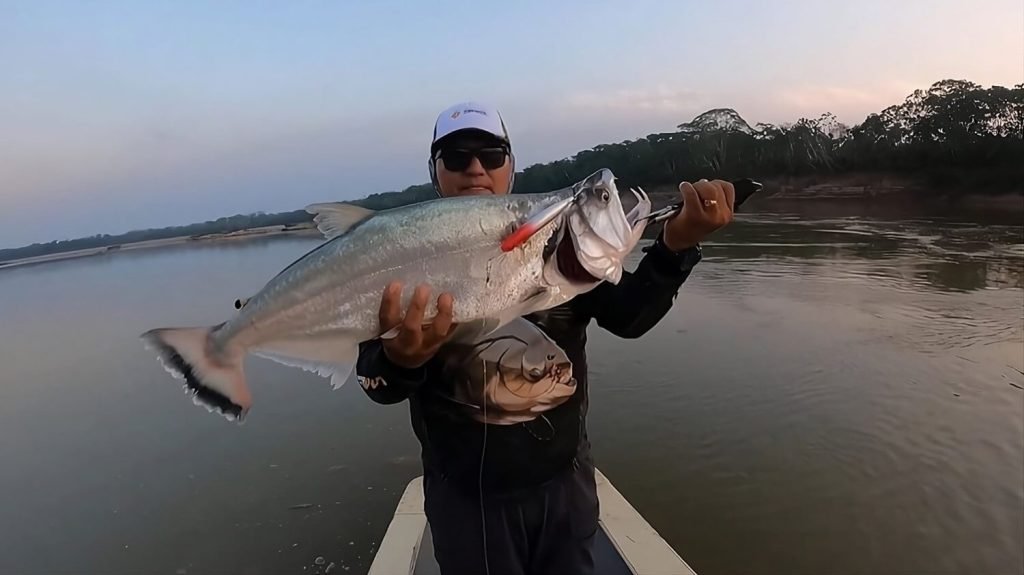Sport fishing on the Tambopata River, located in the Amazon region of Peru, is a unique and exciting experience for fishing enthusiasts. With its crystal clear waters, lush landscapes and rich diversity of fish species, the river offers a perfect setting for sport fishermen seeking adventure and challenge. In this article, we will explore the charms of sport fishing on the Tambopata River.
This immense river is known for its abundance of fish species, such as the dreaded piranha, the mighty tucunare, the giant catfish and the famous Amazonian fish, the tambaqui. These challenging species offer anglers the exciting opportunity to test their fishing skills and techniques. Catching a trophy fish in the Tambopata River can be a memorable and rewarding accomplishment.
Sport fishing on this river also provides a total immersion in nature. While entering the serene waters of the river, anglers have the opportunity to explore the lush Amazon rainforest that surrounds them. The diverse fauna and flora, including colorful birds, monkeys, caimans and a multitude of exotic plants, create a spectacular setting that enriches the fishing experience.
Responsible Fishing: Conservation and Sustainability in the Tambopata River
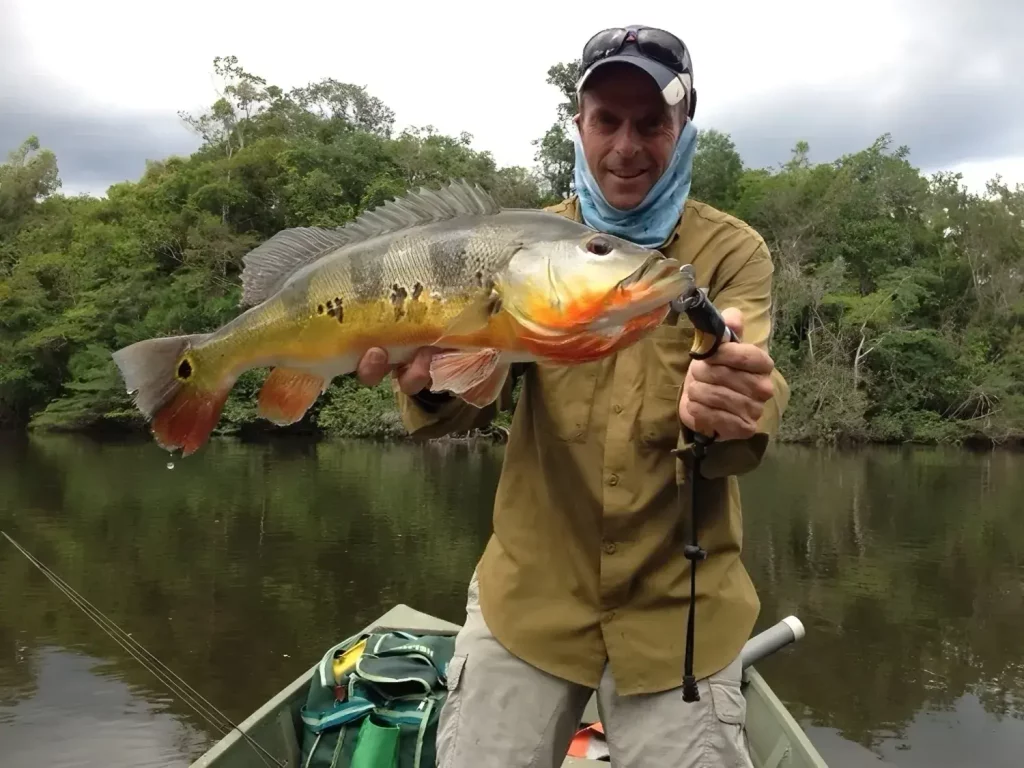
- Anglers usually practice sport fishing on a ‘catch and release’ basis. This means that the fish caught are returned to the river, thus preserving the sustainability and conservation of natural resources. Anglers are encouraged to adopt responsible fishing practices, following local regulations and respecting the reproduction periods of the species, thus ensuring the preservation of the river’s aquatic ecosystems.
- Sport fishing also offers the opportunity to learn about the local culture and interact with the riparian communities. Fishermen have the opportunity to learn about the customs, traditions, and ancestral knowledge of the indigenous peoples that inhabit the region. These cultural exchanges enrich the experience, providing a deeper understanding of the relationship between the local communities and the Tambopata River.
For a safe and satisfactory experience, consider hiring services from specialized fishing operators in the region. These operators have experienced guides and know the best fishing areas, providing anglers with the best catch opportunities.
In summary, sport fishing in the Tambopata River is an experience that combines challenge, adventure and immersion in nature. With its abundance of fish species, breathtaking scenery and cultural interactions, the river offers sport fishermen a unique and unforgettable experience. At the same time, it is important to practice responsible fishing. This means respecting nature and contributing to the conservation of the region’s aquatic ecosystems.
What species of fish are usually caught in the Tambopata River
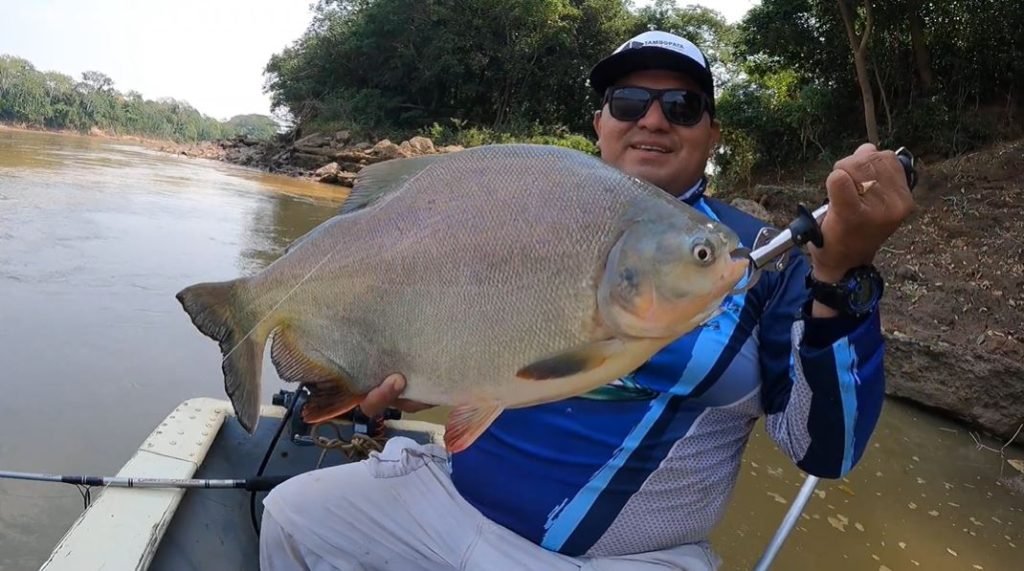
The Tambopata River, located in the Amazon region of Peru, is home to a great diversity of fish species. This makes it an ideal destination for sport fishing enthusiasts. The river’s turbid waters provide a favorable habitat for aquatic life, resulting in an impressive variety of species. In this article we will explore some of the fish species commonly caught in this river.
Tambaqui (Colossoma macropomum):
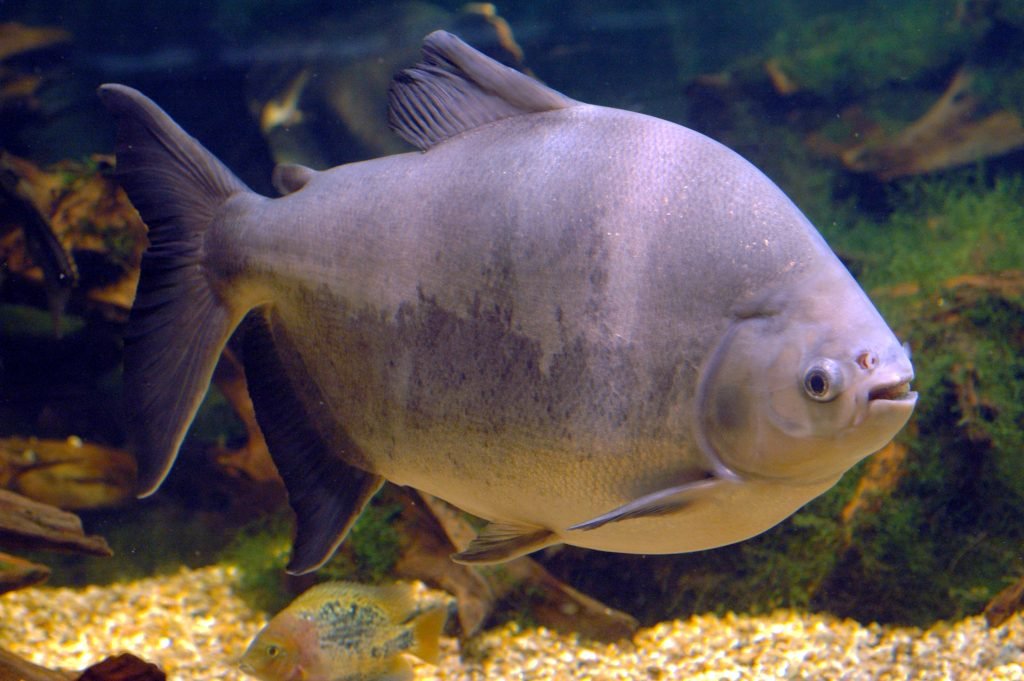
- The tambaqui is one of the most coveted fish by fishermen in the Tambopata River. Known for its impressive size, it displays remarkable strength during a fight. Commonly found in the deep waters of the river, the tambaqui can weigh up to 30 kilos. People appreciate its soft texture, considering the meat of the fish to be tasty.
Tucunaré (Cichla spp.):
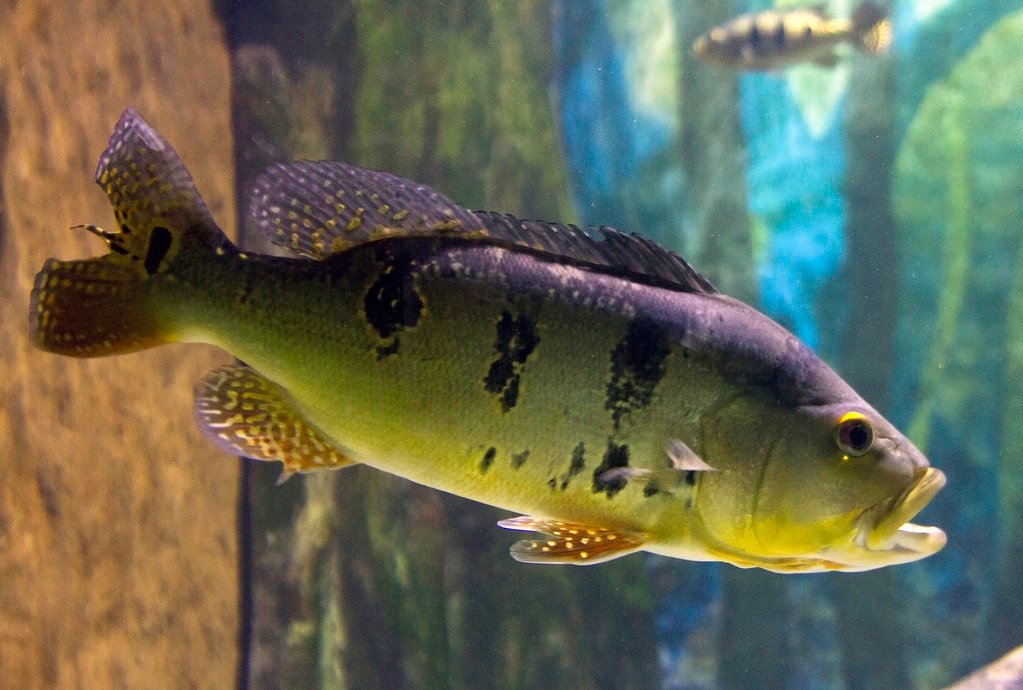
- Tucunarés, known for their aggressiveness, offer a challenging fishing experience. Among the most common species in the Tambopata River are the tucunaré-açu (Cichla temensis) and the tucunaré-paca (Cichla monoculus). Their bright colors and characteristic spots on their bodies characterize these fish. Fishing for toucunaré is exciting and requires specific skills and strategies.
Piranha (Serrasalmus spp.):
- Fish known for their intimidating appearance and powerful bite are piranhas. Despite their fearsome reputation, people often catch piranhas as a fun sport fishing experience. Piranha species found in the Tambopata River range from the black piranha (Serrasalmus rhombeus) to the red piranha (Pygocentrus nattereri).
Surubí (Pseudoplatystoma spp.):
- Surubies are freshwater fish that inhabit the Tambopata River. Their impressive strength and size are well-known. Surubies, known for their fighting abilities, have an elongated body and a large head. The most common species are the painted surubi (Pseudoplatystoma corruscans) and the cachara surubi (Pseudoplatystoma fasciatum).
Giant catfish (Brachyplatystoma spp.):
- The giant catfish is one of the largest freshwater fish in the world. With their robust bodies and flattened heads, they can reach impressive sizes, exceeding 2 meters in length. In the Tambopata River, the most common species include the giant catfish of the White River (Brachyplatystoma rousseauxii). The Amazon River also harbors the giant catfish (Brachyplatystoma platynemum).
Important, the capture and practice of sport fishing in the Tambopata River must be carried out according to local regulations. It is crucial to carry out these activities in a sustainable manner, with the objective of preserving these species and their habitats. Responsible fishing and respect for nature are fundamental. They ensure that future generations will be able to enjoy this rich aquatic biodiversity.

